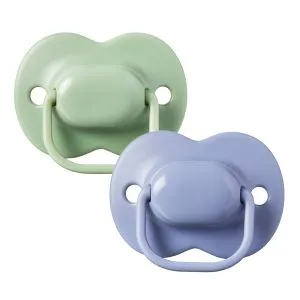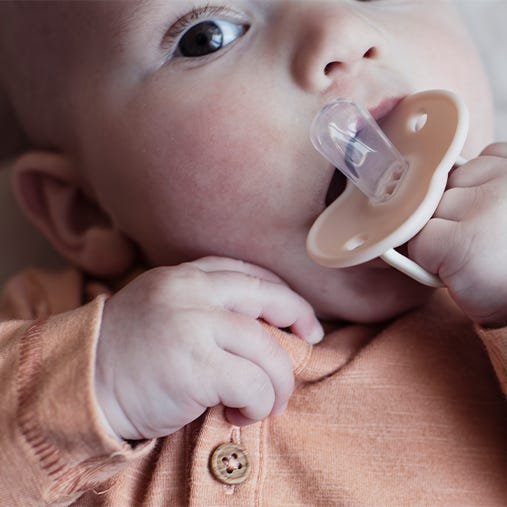Childbirth is a beautiful experience, but not always without its challenges. In some cases, delivering a baby vaginally may not be possible or may pose a risk to the parent or child. In such situations, doctors might recommend a caesarean section delivery, commonly known as a C-section.
While C-sections have become increasingly common, there are still many misconceptions and questions surrounding the procedure. In this blog post, we'll discuss everything you should know about C-sections, including what they are, when they are necessary, and what to expect during and after the procedure.
So, if you're a soon-to-be parent awaiting the arrival of your bub, or just curious about C-sections, keep reading.
What is a C-section?
A C-section, also known as a caesarean section, is an operation during which a surgical incision is made across your tummy, just below your bikini line. This incision cuts through your abdominal wall and uterus to deliver your baby.
According to AIHW (Australian Institute of Health and Welfare), 33% of people giving birth for the first time had a caesarean section in 2021.
Reasons why C-sections are required
There are certain situations where a C-section is the safest option for either you or your baby.
You may need a caesarean section instead of having a vaginal birth if:
- your baby is feet first (breech) and your obstetrician isn't able to turn them
- you have a low-lying placenta – also known as placenta praevia
- you have pregnancy-related high blood pressure – also known as pre-eclampsia
- you have certain infections such as herpes or HIV that’s untreated
- your baby isn’t getting enough nutrients or oxygen
- you’re having triplets or more babies – these pregnancies are almost always delivered by a planned (elective) C-section
- you're experiencing vaginal bleeding or your labour isn't progressing as it should
The C-section procedure
Your preoperative appointment
C-sections are carried out in a hospital, and if yours is planned, you'll be asked to attend a preoperative appointment around a week before the procedure to due to take place. This appointment is your chance to ask any questions you have and gives your healthcare provider a chance to run some preoperative tests.
Preoperative prep
On the day of your procedure, you'll be asked to change into a hospital gown, and you'll have a catheter fitted, this will stay in until at least 12 hours after the procedure when you should be able to walk around.
Your doctor or midwife will also let you know when you need to stop eating and drinking before your operation – usually a few hours.
When you get to the operating room, you'll be given anaesthetic – either spinal or epidural – and this will numb the lower part of your body, but you'll still be awake.
Sometimes a general anaesthetic is needed, and this means you won't be awake during the procedure.
During the procedure
Now that we've covered what happens before the operation, let's run through a step-by-step breakdown of the caesarean section procedure – starting with entering the operating theatre and ending with leaving.
- Once you are comfortably positioned on the operating table, it may be slightly tilted to get started. A screen is then placed over your tummy to shield you from viewing the operation being performed.
- A 10 to 20-cm incision is made in your tummy and womb, typically a horizontal cut just below your bikini line, though a vertical cut below your belly button may be made in some cases.
- Your baby is delivered through the opening, which usually takes five to 10 minutes and may cause some tugging sensations.
- As soon as your baby is delivered, they'll be lifted up for you to see and brought over to you.
- After your baby is born, you will be given an oxytocin injection to encourage your womb to contract and reduce blood loss.
- Your womb is closed with dissolvable stitches, and the incision in your tummy is closed either with dissolvable stitches or stitches and staples that need to be removed after a few days.
The entire process typically takes between 40 to 50 minutes.
After the procedure
Once the C-section is complete, you'll be moved into a recovery room where your medical team will keep an eye on you to make sure you're well as the anaesthetic wears off. They will also offer you pain relief, something to eat and drink once you feel ready, and support with breastfeeding if you'd like to breastfeed your baby.










